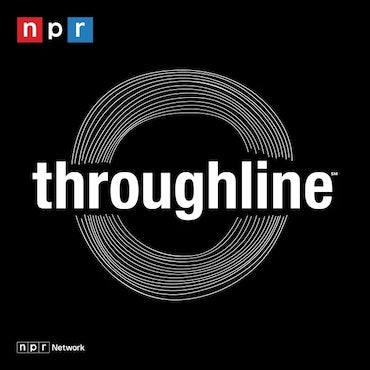Looking at gender’s many sides, and keeping kids’ safety and inclusion in mind
Navigating the world as a young transgender person can be challenging. That’s true even in places some might think it’s safe, like the health-care system.
Listen 4:53
(pasiphae/BigStock)
How do we help children thrive and stay healthy in today’s world? Check out our Modern Kids series for more stories.
When scientists dig up skeletons, they don’t label them male or female.
Instead, they “recognize gradations from very male to very female, or very male-like to very female-like,” said Jacqui Bowman, director of the Center for Education at the College of Physicians of Philadelphia.
“Bones are not binary,” Bowman said. That also happens to be the name of a presentation the college’s Mutter Museum offers on forensics and gender identity. Listening to the talk recently were students participating in Out4STEM, a program designed for LGBTQ youth who want to pursue careers in science, technology, engineering and math.
“So the goal is to have a program where they both learn STEM, they get experience in STEM, they’re inspired by STEM but also have that support around the LGBTQ identity and all the challenges that that can bring,” she said.
“It’s probably one of the best programs I’ve ever been in,” said Ash (using a first name only, to protect privacy). Ash is 16, from South Philadelphia, and is trans. “We meet people who are in the LGBTQ community, and they are involved in different careers and how those careers have affected their life, like, as LGBTQ people. And so it helps us figure out, you know, how the world works when we grow up.”

Schools and health-care settings influence how children transition to adulthood, but navigating the world as a young transgender person can be challenging. That’s true even in places some might think would be safe, like the health-care system.
Darius McLean is the Pride Program manager and patient navigator for Einstein Healthcare Network. “I’m the first person people call when they’re looking for services here at Einstein.”
When you’re young and trans, some things are not always an option, McLean said. Take, for example, the American College of Obstetricians and Gynecologists’ recommendation that a first visit with an OB-GYN take place between the ages of 13 and 15.
“I’m a trans masculine-presenting person,” he said. “There are some places that if I tried to schedule, I can’t actually be put in a slot there, because they don’t allow males to be put into a slot for an OB-GYN exam. Often [at the] front desk, they don’t know how to check us in if our documentation doesn’t match the name or pronouns that are affirming to us. And that’s just a start.”
Linda Hawkins, the co-director of the Gender and Sexuality Development Clinic at Children’s Hospital of Philadelphia, said she stays busy advocating for families. Insurance coverage is among the paths children and parents often need help navigating.
“So we have a medication we understand will be really helpful and necessary for a kid to live happy and healthy, and the insurance company decides that it’s just not something that they’re going to pay for,” said Hawkins, offering an example.
Her associate Sam King, meanwhile, is often out in the field.
“So I go into schools. I look at different provider networks, so therapists, pediatricians,” said King. “Right now, it’s summer. So summer camps are really big. And [we] try to give them support just to increase their understanding of gender.”
Gender often feels like a whole Pandora’s box, King said, and her work is about normalizing the process to simply make it safe for everyone.
“We’re just adding gender as a piece of the diversity and inclusion that already exists … So it’s no different than what you would do for a religion, for race, for different cultures. You’re just folding gender as an aspect into that,” said King.
And kids today, they get it, she said.
“The language is developing because of them, the conversations are happening because of them,” King said. “We tell them that Joey is now Janie. And as long as Janie still wants to go out and play on the playground or play kickball … kids are like, OK, Janie, like, let’s go.”
During the Mutter Museum presentation, a slide came up with a little gingerbread shape on it. The Genderbread Person explains the four elements of gender that people often get confused.
The brain relates to gender identity, “and that’s how people feel their gender,” said Tosef Miller, one of the authors of the presentation.

Miller pointed to the clothes, the Genderbread Person’s gender expression. “Because your gender expression is how you dress, how you walk, how you present yourself that makes you happy,” he said.
The heart is about orientation, or who a person is attracted to or not attracted to. And there’s a little trans symbol for where the reproductive organs would be.
“That’s talking about biological sex and how that relates to your genitalia, but also other things like your DNA, your chromosomes, it’s specific genes you have, specific hormones you have in your body,” he said.
Miller, who is trans, was once a member of the Out4STEM group at the museum. And for current members like Ash, he knows navigating the world takes more than just thick skin. Support is needed too.“Me personally,” said Ash, “I don’t care much about what anybody says. But spaces here, they bring people together, and they, you know, they elevate you when you think you’re falling.”
WHYY is your source for fact-based, in-depth journalism and information. As a nonprofit organization, we rely on financial support from readers like you. Please give today.





